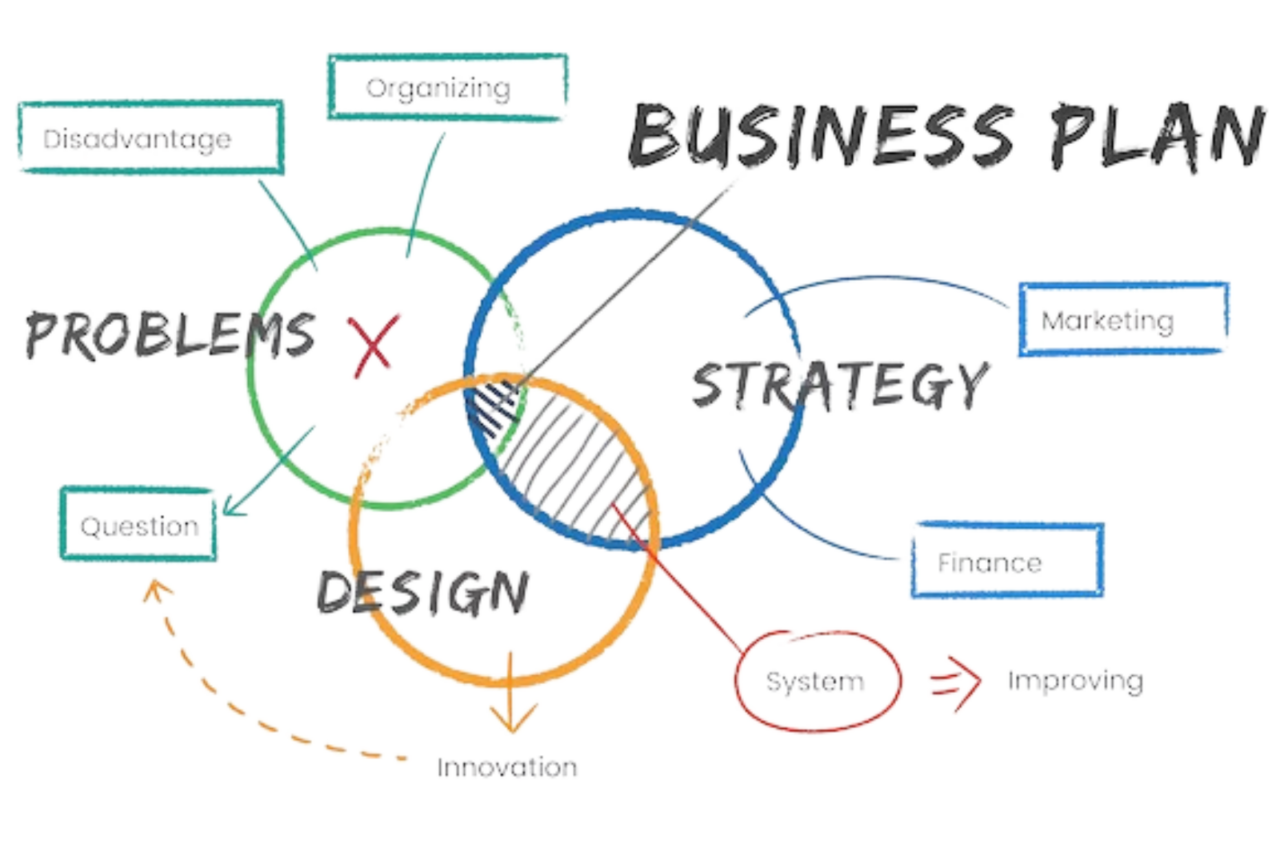A business strategy is a plan that helps a company achieve its goals. It includes tactics for marketing, finance, operations, and other areas. A business strategy aims to give the company a competitive advantage.
There are many different types of business strategies. Some common ones include cost leadership, differentiation, and focus. A company may use one or more of these strategies depending on its goals.
Developing an effective business strategy is essential for any organization that wants to compete in today’s marketplace. While there is no one-size-fits-all approach, there are specific steps that all businesses can take to create a solid strategic foundation.
Once you have a good sense of your company’s position, you can develop specific strategies for achieving your goals. This may involve expanding into new markets, developing new products or services, or implementing more efficient processes.
Whatever the case, it’s crucial to have a well-thought-out plan for execution. Even the best companies will struggle to achieve their full potential without a solid strategy.

A corporate-level strategy is a long-term plan that a company uses to guide its business decisions and activities. The focus of a corporate-level strategy is typically on how the company will compete in its overall industry or market.
This can involve decisions about which businesses to operate in, what products or services to offer, and how to allocate resources across the company. Corporate-level strategies are usually developed by senior executives and are designed to help businesses achieve their overall goals.
When crafting a corporate strategy, businesses must consider their strengths and weaknesses and the opportunities and threats in their industry. By considering all of these factors, companies can develop a plan that will allow them to compete effectively and achieve their desired success.
A business level strategy is a plan of action to achieve a specific goal. This could be anything from increasing market share to expanding into new markets.
A business level strategy must be aligned with the company’s overall mission and goals to succeed. It should also consider the company’s strengths and weaknesses and the threats and opportunities present in the marketplace.
Once a business-level strategy has been formulated, it is crucial to implement it in a consistent and disciplined manner. Otherwise, it will simply be another worthless piece of paper gathering dust on a shelf.
While a functional-level strategy is often aligned with the company’s overall business strategy, it can also be adapted to meet the needs of a specific business unit or product line. By taking into account each business unit’s unique resources and objectives, a company can develop a more targeted and practical approach to achieving its goals.
For a company to be successful, all three levels of strategy must be aligned. Otherwise, there will be confusion and conflict between different departments, leading to stagnation or even decline.
By developing a clear and concise business strategy, companies can ensure that all levels of the organization work together towards a common goal.
One standard method is to track changes in key performance indicators (KPIs). KPIs are quantifiable measures that can be used to track progress toward specific goals. For example, if a company’s goal is to increase sales by 10% over a year, then tracking sales figures monthly would be an effective way to measure progress.
Another standard method for measuring the effectiveness of a business strategy is to survey employees and customers. This can help to assess whether or not employees are engaged with the company’s new direction and whether or not customers see benefits from the changes.
Based on the knowledge gained from the previous steps, develop a strategy that leverages your strengths, minimizes your weaknesses, capitalizes on opportunities, and mitigates threats. This strategy should address all key areas of your business, such as product development, marketing, sales, operations, and customer service.
Once you have a strategy in place, communicate it clearly and consistently to all stakeholders, including employees, shareholders, and customers. Everyone should understand the direction the business is headed and their role in getting there.
This is where the rubber meets the road. Start executing the strategy. Ensure all actions and decisions align with the strategic goals. You might need to change your operations, develop new products, enter new markets, etc.
Implementation is not a one-and-done process. Regularly review the strategy’s progress and effectiveness using key performance indicators (KPIs). If something isn’t working as expected, don’t be afraid to adjust your strategy.
A positive culture and strong leadership are crucial for a successful strategy. Leaders should embody the strategy and inspire others to work towards it. Likewise, a culture that encourages collaboration, risk-taking, and continuous learning can accelerate strategy implementation.
Cost leadership creates a competitive advantage by having the lowest cost of production in their respective industry. This strategy is often used by companies that can produce their goods or services at a lower price than their competitors.
A differentiation strategy is where a company seeks to distinguish itself from the competition by offering unique products or services. This can be done in terms of quality, features, design, or any other aspect that sets the company’s products or services apart from its rivals.
Focus strategies can effectively build brand loyalty and increase market share, but they can also be tricky to execute. Because focus strategies involve targeting a specific market segment, companies must be careful not to spread themselves too thin or risk losing their competitive advantage.
This is a demo store for testing purposes — no orders shall be fulfilled. Dismiss